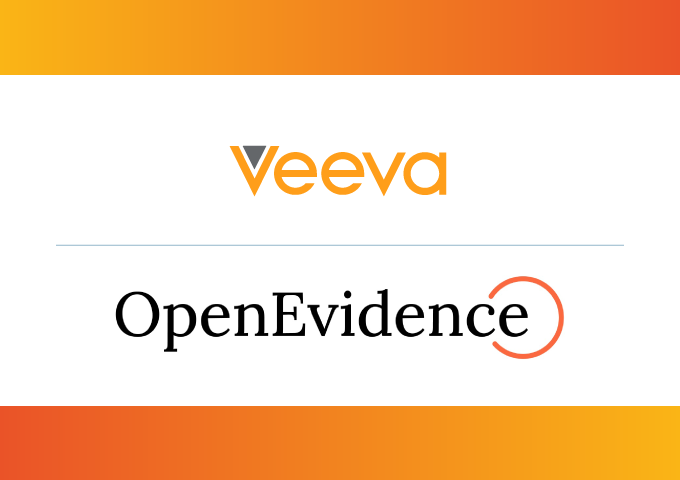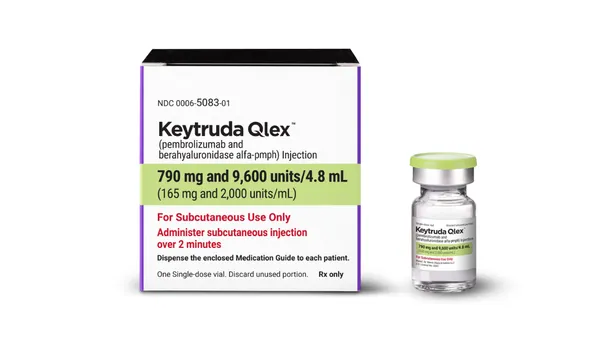Letter from the Editor By Taren Grom, Editor Processing the Process According to executives across all industry sectors, the RFP process is here to stay. But business is far from usual as pharma companies continue to implement sourcing management structures to leverage volume purchases to drive savings and service enhancements, as well as e-technologies that allow for the process to be completed over the Internet. As the pharmaceutical industry continues to grapple with pressures on its top line, companies are searching for ways to boost their bottom line by reducing costs across all of their outsourced needs. As such, the provider selection process is undergoing a transformation. “Different companies are going about this in different ways,” says Matt Giegerich, president and CEO of CommonHealth. “Some are using outside consultants and intense procurement efficiency models and departments. Others are looking at consolidating their supplier rosters on every front, not just marketing services. All of this is in a quest to prop up the bottom line by wringing out any unnecessary costs. The RFP process used to be fairly simple; the primary decision maker within the marketing department was responsible for awarding new business and shepherding existing relationships. The assessment of quality emanated from a single point person or a single team. Now, with contracting and procurement departments in the mix, this is a shared responsibility.” Pharmaceutical company executives are not wholly unsympathetic to the demands facing their provider partners, but they maintain that their procurement departments are driving better business decisions because the process is unbiased and based on data. “RFPs will continue to be used as a way of competing to gain the business,” says Mike Thyen, manager of global sourcing at Eli Lilly. “The internal team can review more data to make the best decision, as well as evaluate multiple suppliers. There are more and more electronic-based tools that allow this process to be efficient. There also is going to be more diligence on the cost elements since companies will have data that they have collected from past RFPs. Companies are naturally going to look at how the proposal has changed versus historical data that they received from a company or in an area of spend. The best relationships that we have with suppliers and internal clients are those that have embraced the RFP process and the procurement organization.” According to Ara Kebabjian, global sourcing, marketing services, at Novartis Pharmaceuticals Corp., whether a company is sourcing information technology such as laptops or procuring marketing services, a consolidation of spend to a fewer number of more strategic suppliers can lead to benefits for a company. Additionally, suppliers are being asked to provide more detailed information than ever before as part of the process, whether they are competing in the marketing, clinical, or IT arenas. “Some of the more significant changes we’ve encountered in the RFP process include: sponsor requests for strategic guidance on study design; recommendations on innovative and creative study design and operational strategies during the RFP stage; and sponsor supplied pricing templates so that bids can be compared on an apples-to-apples basis,” says Simon S. Higginbotham, VP and chief marketing officer at Kendle International Inc. Taren Grom Editor Simon Higginbotham There has been an increase in use of technology, with more sponsors creating Web-based portals for posting RFPs and receiving proposals; requests for RFPs to prequalify suppliers before participating in the full-blown bid process; and an increase in the number of preferred provider relationships, which limits how many companies they will do business with.
An article from











